
Whilst we were in the Highlands last Autumn, living out all my Outlander fantasies, Tom quickly adopted the very Scottish habit of taking ‘a wee dram’. This was partly fuelled by our trip through the Cairngorm National Park, heading to the Dalwhinnie whisky distillery – the highest and coldest working distillery in Scotland.

The distillery was first known first known as Strathspey in 1897 but the venture never really got off the ground. In 1898, the site was bought by A. P Blyth and renamed Dalwhinnie – which means ‘plain of meetings’ in Gaelic, as two old drove roads, which crossed the mountain ranges, met at this point. In the late 1930s, the distillery suffered a fire and rebuilding was hampered severely by twenty-foot snow drifts. In fact, the Met. Office has declared Dalwhinnie as having the coldest average recorded temperature -6.0c – of any inhabited Scottish region.

At 2000 ft above sea level, it is these extreme weather conditions and the water from Loch an Doire Uaine or ‘Loch of the green thicket’ that gives the distillery’s whisky a distinctive taste – described as ‘smooth, honey sweetness, aromatic with heather.’ Snowmelt and rainwater from the Drumochter Hills feeds the loch and Dalwhinnie has exclusive access to this water resource.

There are over 126 whisky distilleries licensed to produce ‘Scotch’, so it can be difficult to pick one to visit. We chose Dalwhinnie partially for its scenic location in heart of the national park and also the style of whisky it distils. It has the sweeter notes of Lowland style whiskies, combined with the smokiness of the Highland distilleries. Tours last 45 minutes and include a range of tastings – Mum and I had ‘a wee dram’ alongside a strong hot chocolate.
The Mountain Cafe, Aviemore

We weren’t really up for full-on hiking after our whisky tasting, but we were hungry. If you take a drive through the Cairngorms towards Aviemore, head to the Mountain Cafe. The restaurant is very much geared up to making sure that hikers, campers and climbers have their belly’s full before they set out on a full day’s activity. Run by a New Zealand chef, KJ, it has a whole menu of seafood chowder, burgers, salads and homemade cakes served in huge slabs.


Ruthven Barracks

Ruthven Barracks was one of four garrisons built by the British government after the Jacobite rebellion in 1715 – part of the Hanoverian scheme to take control of the Highlands. Ironically, the barracks were last occupied by some 3,000 Jacobite troops awaiting the return of Bonnie Prince Charlie after Culloden. When the Jacobites actually reached the barracks they received a message from the Prince saying that each man should save himself as best he could. Departing, the Jacobites set fire to the barracks and scattered across the Highlands. What you see today from the A9, is the charred skeleton of the barracks.


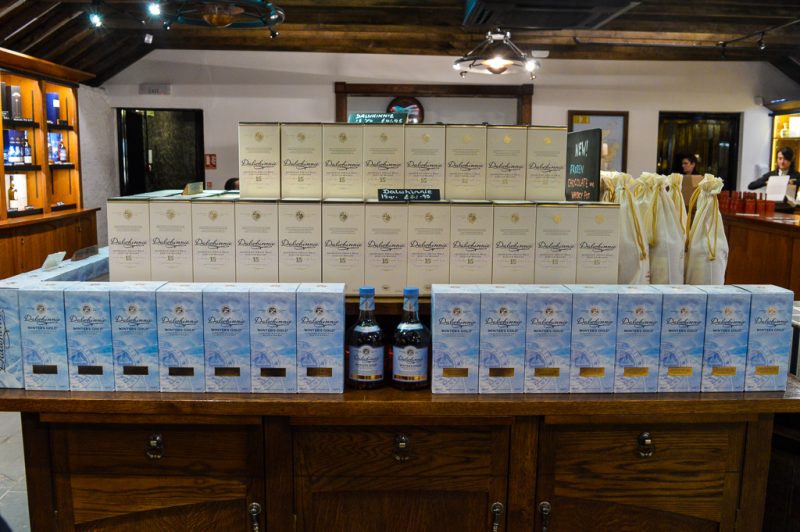
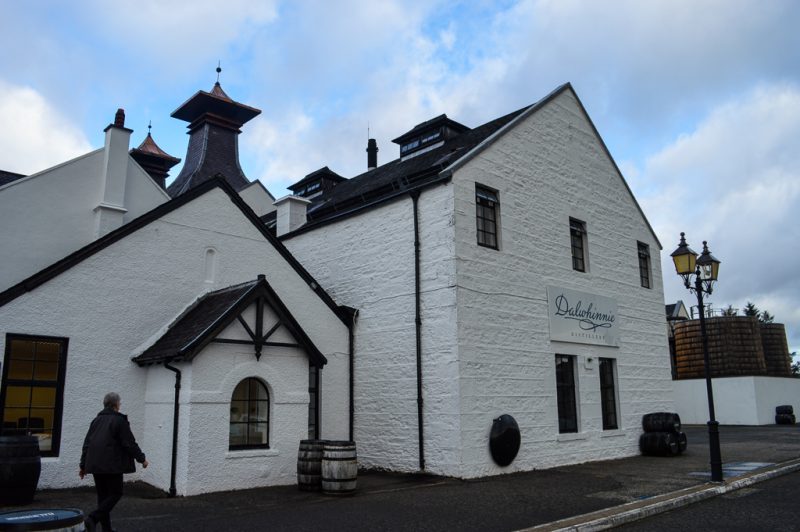
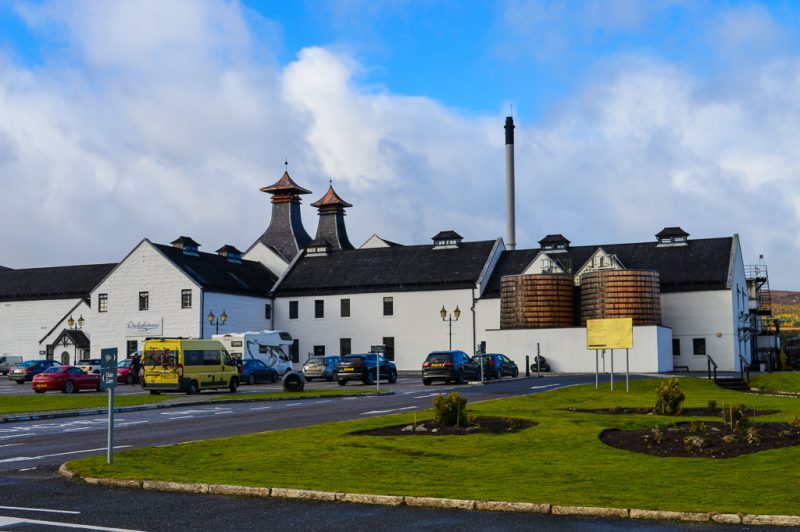
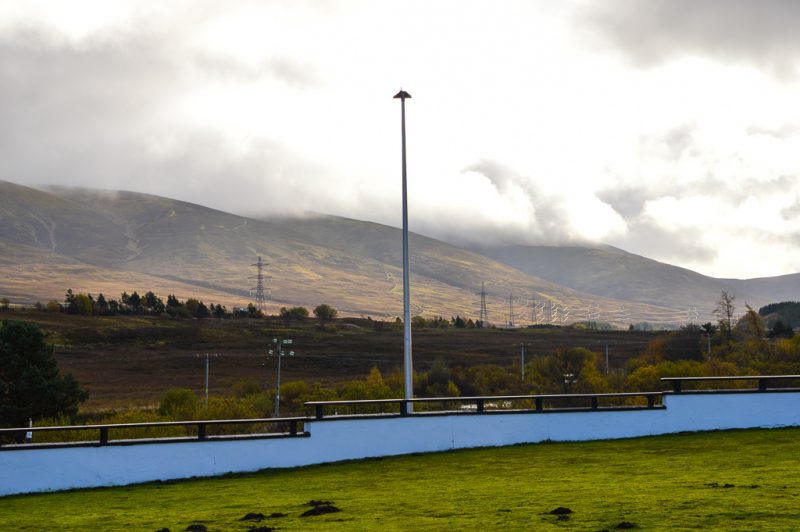

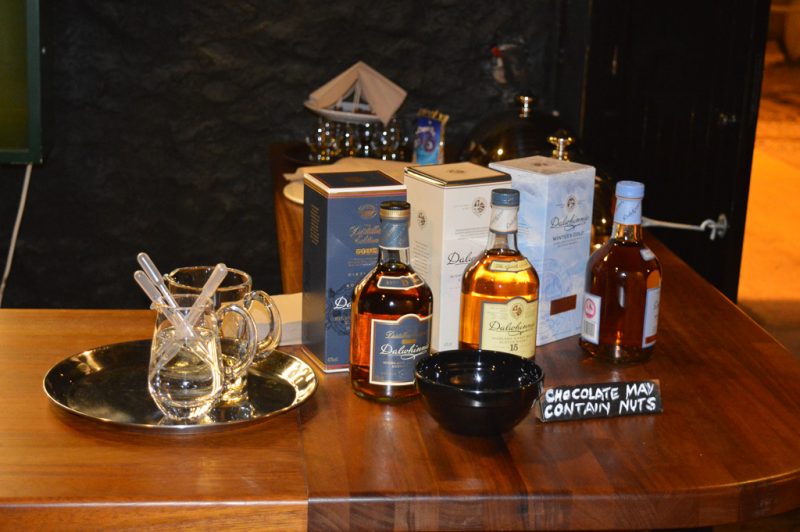
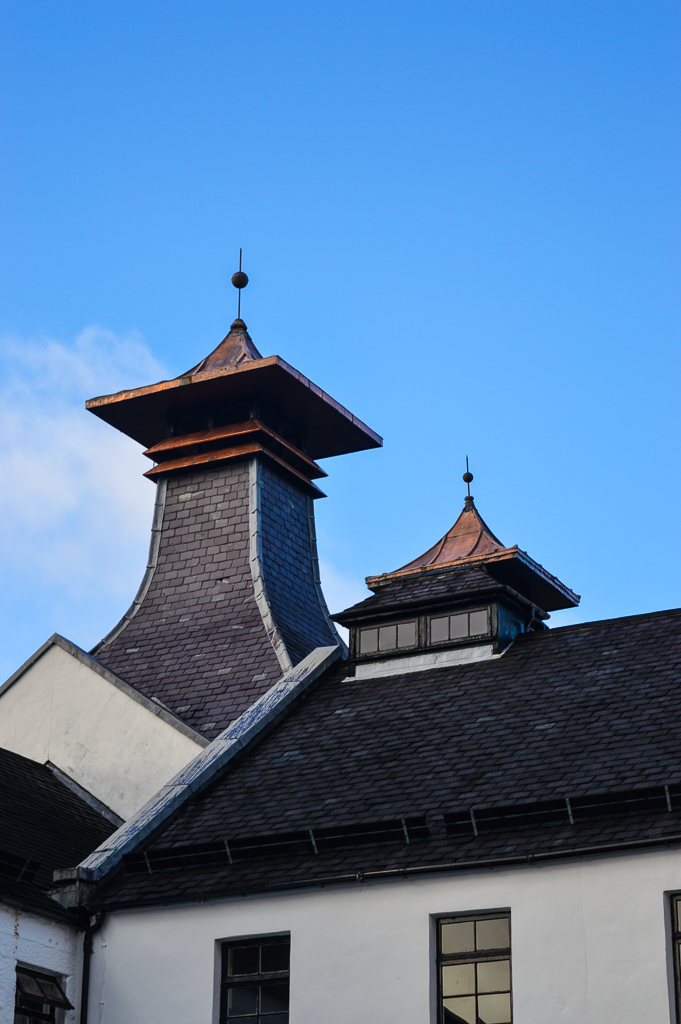


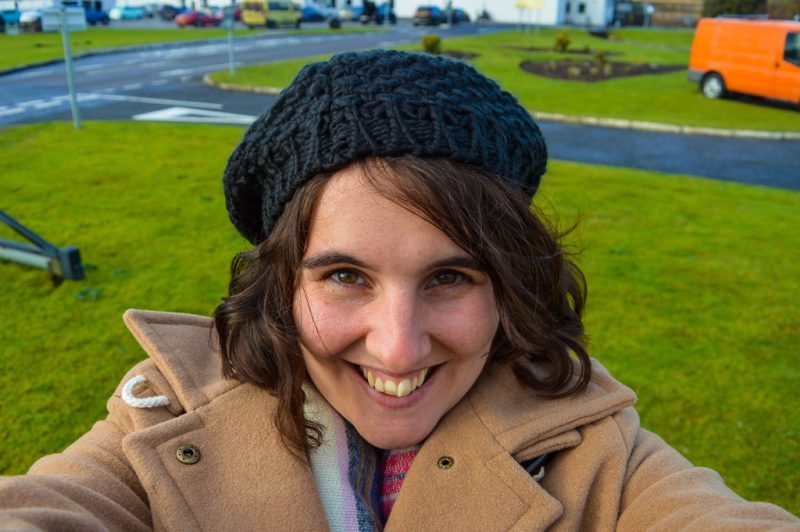
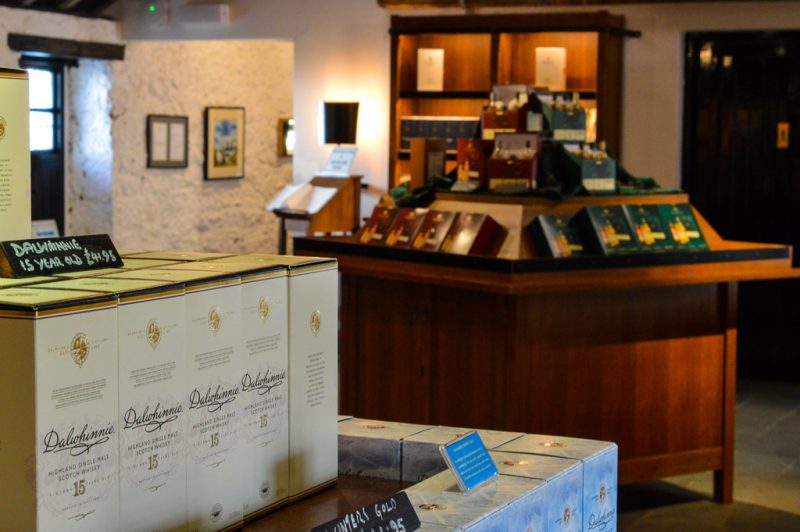
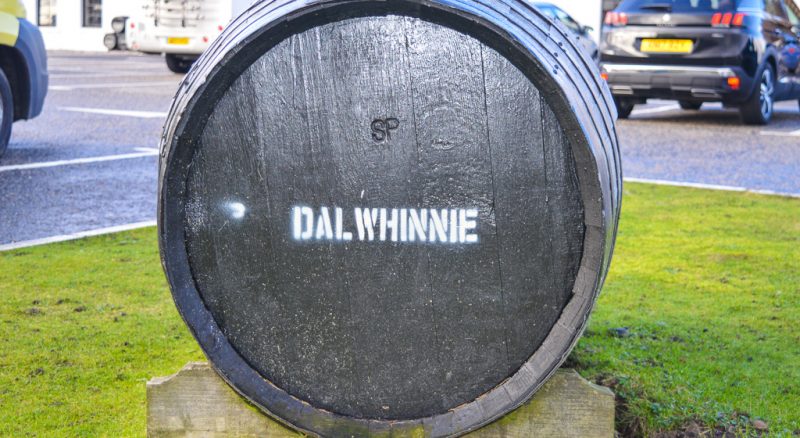
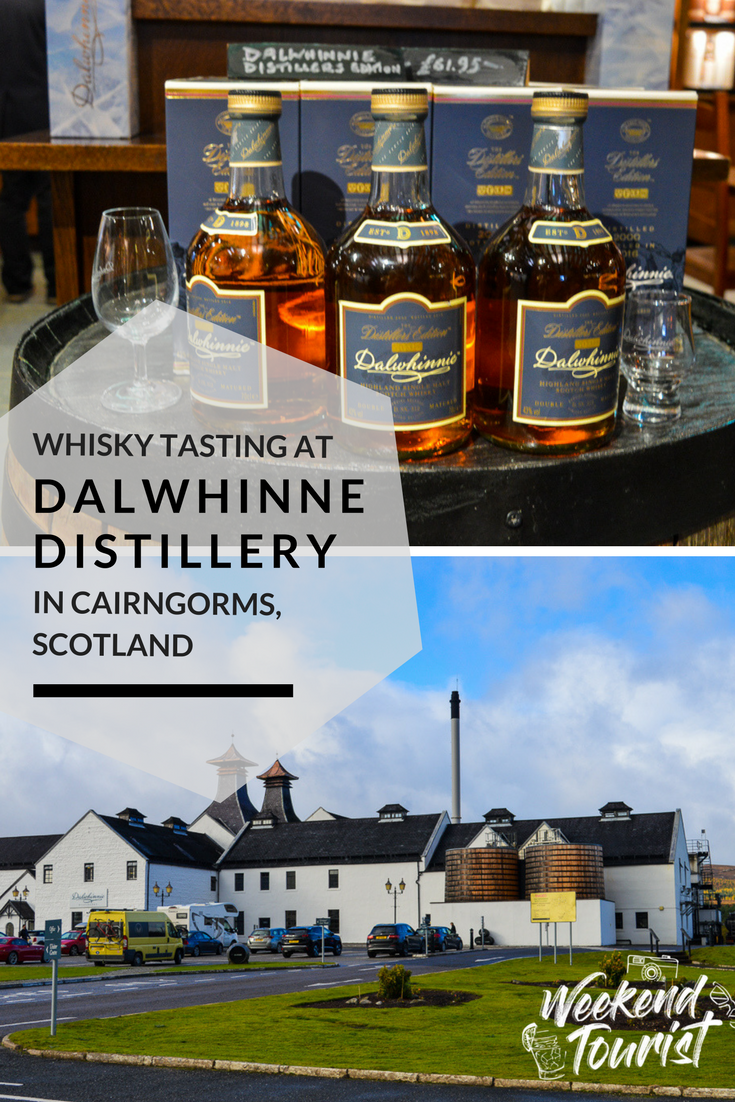
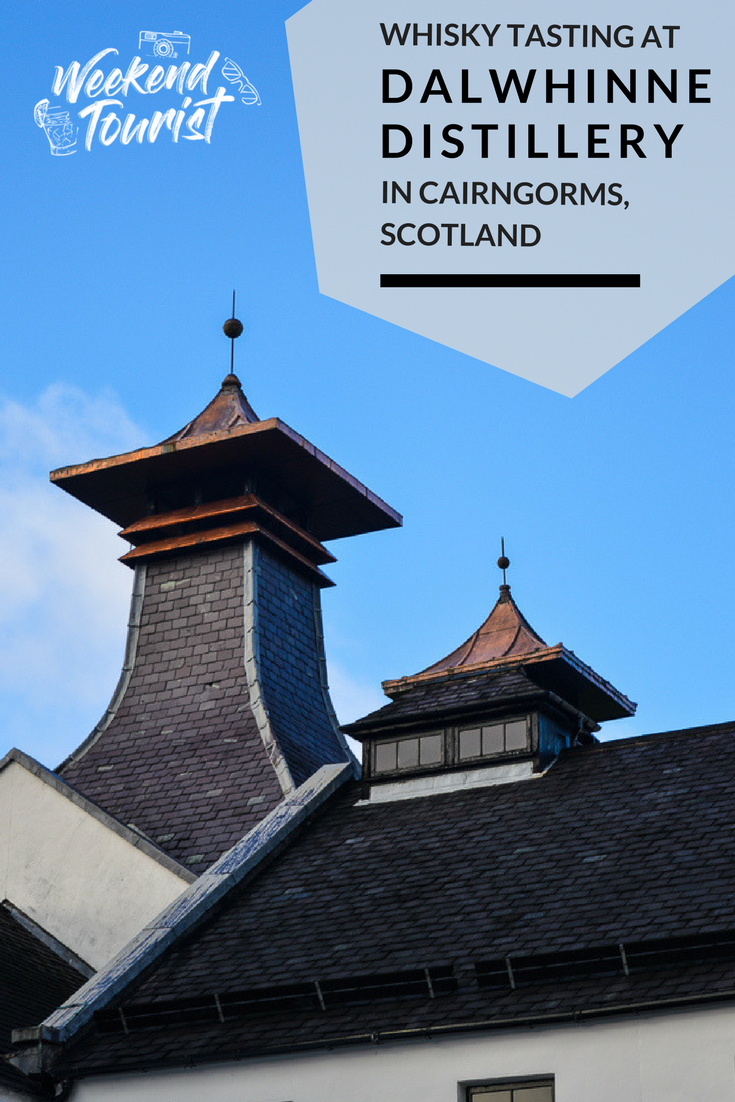
It sounds like you had a really great time away – love the picture of the horses.